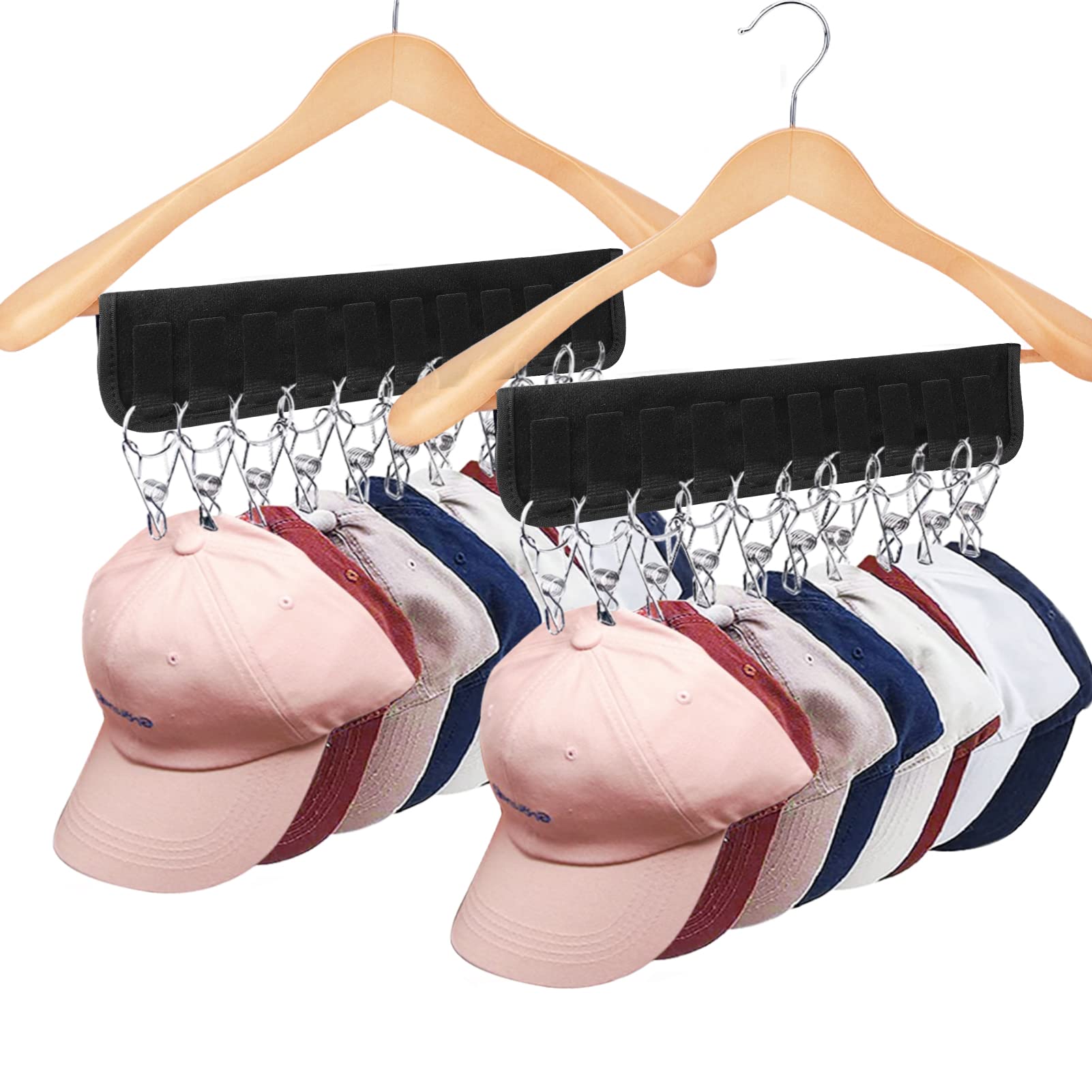

Articles
How To Store Hats Without Ruining Them
Modified: August 31, 2024
Learn how to store your hats properly to prevent damage and keep them in great condition. Read our informative articles for helpful tips and techniques.
(Many of the links in this article redirect to a specific reviewed product. Your purchase of these products through affiliate links helps to generate commission for Storables.com, at no extra cost. Learn more)
Introduction
Whether you’re a fashion enthusiast or simply someone who loves hats, it’s important to know how to properly store them to keep them in pristine condition. Hats come in various styles, materials, and shapes, and each one requires special care to avoid ruining their structure or causing damage. In this article, we will explore the common mistakes to avoid when storing hats and discuss the best practices to ensure their longevity.
Often, people underestimate the impact of improper storage on hats. Leaving them lying around or shoving them into cramped spaces can lead to misshapen crowns, flattened brims, and overall deterioration. To avoid such mishaps, it is crucial to understand the proper storage techniques for hats of all types, including straw hats, felt hats, and even delicate vintage pieces.
By following these guidelines, you can ensure that your hats remain in excellent condition for years to come, ready to be worn and admired whenever you desire. Let’s delve into the world of hat storage and discover the best practices for keeping your hats looking their best.
Key Takeaways:
- Proper hat storage is crucial to maintain their shape and quality. Avoid common mistakes, choose suitable storage options, and implement preventive measures to ensure your hats remain in excellent condition for years to come.
- Utilize hat boxes, racks, or stands, and shelf displays to store hats effectively. Use acid-free tissue paper, avoid sunlight and heat, and address mold and odors to preserve your hat collection’s longevity and appeal.
Read more: How To Wash Pillows Without Ruining Them
Common Mistakes to Avoid
When it comes to hat storage, there are a few common mistakes that many people tend to make. By being aware of these pitfalls, you can take the necessary precautions to avoid damaging your hats. Let’s take a look at some of the most common mistakes and how to steer clear of them:
- Tossing hats in a pile: One of the biggest mistakes is simply piling your hats on top of each other. This can lead to squished brims and misshapen crowns. Instead, give each hat its own space to prevent any unnecessary pressure or deformation.
- Exposing hats to sunlight: Sunlight can fade the color of hats, particularly those made of delicate materials like straw and fabric. It’s important to store your hats in a cool, dark place away from direct sunlight to preserve their vibrancy and prevent any discoloration.
- Ignoring proper cleaning: Before storing your hats, make sure to clean them properly. Dust, dirt, and sweat can accumulate over time and lead to stains or damage. Follow the manufacturer’s instructions or seek professional hat cleaning to ensure your hats are in top condition before storing them.
- Using improper materials: Avoid storing hats in containers or bags made of materials like plastic or vinyl. These materials can trap moisture and cause mold or mildew growth. Opt for breathable options like fabric or acid-free paper to allow proper air circulation and prevent any moisture buildup.
- Storing hats in fluctuating temperatures: Extreme temperature changes can damage hats, especially those made of natural materials. Avoid storing hats in areas directly exposed to heat sources, such as near radiators or under direct airflow from air conditioning units.
By avoiding these common mistakes, you can ensure the longevity of your hats and keep them looking their best. Now, let’s explore the best practices for storing hats to maintain their shape, structure, and overall quality.
Best Practices for Storing Hats
Properly storing your hats is essential to preserve their shape, protect them from damage, and extend their lifespan. By following these best practices, you can ensure that your hats stay in excellent condition:
- Clean your hats: Before storing your hats, it’s important to clean them properly. Use a soft brush or a gentle cloth to remove any surface dirt or dust. If necessary, consult the care instructions or seek professional hat cleaning to ensure a thorough and safe cleaning process.
- Choose the right storage option: There are various storage options available for hats, each suited for different hat styles and quantities. Consider your specific needs and the number of hats you have before deciding on the storage method. Some popular options include hat boxes, hat racks or stands, shelf displays, hanging hats, and hat storage bags.
- Prioritize hat boxes: Hat boxes are an excellent choice for hat storage as they provide maximum protection against dust, moisture, and damage. Look for sturdy boxes made from acid-free materials to prevent any chemical reactions that might harm your hats. Consider using separate boxes for each hat to avoid any rubbing or crushing during storage.
- Utilize hat racks or stands: Hat racks or stands are suitable for displaying hats and keeping them easily accessible. Choose stands with a wide brim to support the hat’s shape and avoid any distortion. Avoid hanging hats for extended periods as it can lead to stretching or misshaping of the brim.
- Consider shelf displays: If you have a collection of hats, shelf displays can be a visually appealing storage option. Line the shelves with acid-free paper or fabric to provide a cushioning effect and protect the hats from direct contact with the shelf surface.
- Hang hats properly: If you prefer hanging your hats, choose a wide-gauge clothes hanger to support the hat’s shape without causing deformities. Hang the hat by the brim, rather than the crown, to prevent any sagging or stretching. Avoid using hooks or tight spaces that can cause the hat to lose its shape.
- Use hat storage bags: Hat storage bags are designed specifically to protect hats during transportation or for long-term storage. Look for bags made from breathable materials like cotton or linen to allow air circulation. Avoid using plastic bags or covers as they can trap moisture and cause mold growth.
- Employ acid-free tissue paper: For extra protection, stuff hats with acid-free tissue paper before storing them. This helps maintain the hat’s shape and prevents any pressure or indentation that might occur during storage.
- Avoid sunlight and heat: Store your hats in a cool, dark place away from direct sunlight and excessive heat. Prolonged exposure to sunlight can fade colors and weaken the fabric, while heat can cause the hat to lose its shape. Consider using a hat storage area that has a controlled environment to maintain optimal conditions for your hats.
- Deal with mold and odors: If you encounter mold or odors on your hats, take prompt action to prevent further damage. Gently brush off any visible mold and use a soft cloth lightly dampened with a mild cleaner to remove any stains or odors. Allow the hat to dry completely before returning it to storage.
By following these best practices, you can ensure that your hats are stored in a way that maintains their shape, structure, and overall quality. Now, let’s explore some specific storage options for hats.
Option 1: Hat Boxes
Hat boxes are one of the most popular and effective options for storing hats. They provide a safe and secure environment, protecting your hats from dust, moisture, and potential damage. Here are some key points to consider when using hat boxes for hat storage:
- Choose the right size: When selecting a hat box, make sure it is spacious enough to accommodate your hat without squishing or compressing it. Remember to account for any embellishments or large brims that may require extra space.
- Opt for sturdy materials: Look for hat boxes made from durable and long-lasting materials, such as hard cardboard or plastic. These materials provide adequate protection and help maintain the shape of the hat.
- Consider acid-free boxes: Acid-free hat boxes are designed to prevent chemical reactions that might damage your hats. These boxes are an excellent choice for storing delicate or vintage hats, as they help preserve their quality over time.
- Separate hats in individual boxes: To prevent any rubbing or crushing during storage, consider using separate hat boxes for each hat. This ensures that each hat has its own dedicated space and eliminates the risk of damage caused by contact with other hats.
- Place additional support: To further protect your hats, consider adding acid-free tissue paper or fabric inside the hat box. This provides cushioning and support, keeping the hat in its proper shape and preventing any accidental misshaping.
- Label the boxes: If you have multiple hat boxes, it’s helpful to label them for easy identification. Use labels or tags to note the style or occasion associated with each hat, making it effortless to locate the desired hat when needed.
Hat boxes offer a convenient and secure storage solution for your hats. Whether you have a small collection or numerous hats, using hat boxes helps maintain their shape, preserve their quality, and make the storage process organized and efficient.
Now, let’s explore another option for storing hats: hat racks or stands.
Option 2: Hat Racks or Stands
Hat racks or stands are practical options for storing and displaying your hats. They not only keep your hats organized but also allow easy access and showcase your collection. Here are some key points to consider when using hat racks or stands for hat storage:
- Choose the right design: Select a hat rack or stand that complements your aesthetic preferences and fits well with your space. Look for designs that provide adequate support for the hat’s shape and keep it off the ground to prevent damage.
- Consider wide brim supports: Hat racks or stands with wide-brim supports are ideal for maintaining the shape of wide-brimmed hats, such as fedoras or sun hats. These supports provide proper structure and prevent any potential flattening or distortion of the hat’s brim.
- Avoid hanging hats for extended periods: While hat racks or stands are suitable for displaying hats, it’s important not to hang hats for prolonged periods. Hanging hats can lead to stretching or misshaping of the brim over time. Instead, use hat racks or stands for short-term storage or display purposes.
- Keep hats in a well-ventilated area: Ensure that the space where the hat rack or stand is located is well-ventilated. This helps prevent the accumulation of moisture, which can lead to mold or mildew growth. Adequate ventilation also helps maintain the freshness of the hats.
- Rotate hats regularly: To avoid any potential deformation or misshaping from prolonged storage on a hat rack or stand, it’s advisable to rotate the hats regularly. This allows equal distribution of pressure and prevents any one hat from bearing the weight for extended periods.
- Add extra protection: Consider using acid-free tissue paper or fabric to add a layer of protection for your hats on the hat rack or stand. This can provide cushioning and prevent any direct contact between the hat and the rack, reducing the risk of any damage or scratches.
Hat racks or stands are versatile options for storing and displaying your hats. They offer easy access, keep your hats organized, and add an aesthetic element to your living space. Whether you have a few statement hats or a collection to show off, hat racks or stands provide practical and visually appealing storage solutions.
Now that we’ve explored hat racks and stands, let’s move on to another option for storing hats: shelf displays.
Option 3: Shelf Display
A shelving system can be a stylish and effective way to store and showcase your hats. Shelf displays offer a visually appealing solution that keeps your hats organized, easily accessible, and adds a decorative touch to your space. Here are some key points to consider when using shelf displays for hat storage:
- Select the right shelves: Choose shelves that are wide enough to accommodate your hats without squeezing or deforming them. Consider adjustable shelves to customize the space according to the size and quantity of your hats.
- Line the shelves: Line the shelves with acid-free paper or fabric to provide a soft and protective surface for your hats. This helps prevent any potential abrasion or damage from contact with the shelf’s surface.
- Organize hats by style or color: Group your hats by style or color on the shelves to create an organized and visually appealing display. This not only makes it easier to find the hat you’re looking for but also adds an aesthetically pleasing element to your space.
- Utilize open-back shelves: Consider using open-back shelves to ensure proper air circulation around your hats. This helps maintain the freshness of the hats and prevents any potential mold or musty odor from developing.
- Display hats with care: When placing your hats on the shelves, ensure they are properly shaped and supported to maintain their structure. Avoid stacking hats on top of each other to prevent any flattening or crushing. Utilize hat stands or structure-preserving methods to ensure your hats stay in their original shape.
- Consider glass or transparent shelves: If you want to showcase your hats while protecting them, consider using glass or transparent acrylic shelves. These materials provide visibility and protect your hats from dust and potential damage.
- Regularly dust and clean: Dust your hat collection and clean the shelves regularly to keep everything looking fresh and well-maintained. This helps prevent dust buildup, which can affect the appearance and cleanliness of your hats.
Shelf displays offer a practical and visually appealing way to store and showcase your hat collection. They allow you to easily see and access your hats while adding a decorative element to your space. Whether you have a few hats or a large collection, shelf displays provide an organized and stylish storage solution.
Now that we’ve explored shelf displays, let’s move on to another option for storing hats: hanging hats.
Store hats in a cool, dry place away from direct sunlight to prevent fading and damage. Use a hat rack or storage box to maintain their shape and avoid crushing.
Option 4: Hanging Hats
If you have limited shelf or floor space, hanging hats can be a practical and space-saving option for hat storage. Hanging your hats allows for easy access and keeps them off surfaces, reducing the risk of damage or deformation. Here are some key points to consider when hanging hats:
- Choose the right hangers: Select hangers that complement the size and shape of your hats. Wide-gauge clothes hangers or specialty hat hangers are ideal choices as they provide proper support without causing any distortion or stretching.
- Hang by the brim: When hanging hats, it’s important to hang them by the brim rather than the crown. Hanging by the brim helps preserve the hat’s shape, as the weight is distributed evenly and the crown isn’t subjected to any pressure.
- Space hats properly: Make sure to provide enough space between each hat to avoid them touching or overlapping. This ensures that hats maintain their individual shapes and prevents any potential damage.
- Rotate hats frequently: To prevent strain on a specific hat or brim, rotate the hats on the hangers regularly. This distributes the weight and ensures that hats retain their shape evenly over time.
- Avoid overpacking: Avoid overcrowding your hanging hat collection. Overpacking can lead to hats becoming compressed, misshapen, or difficult to remove without causing damage. Leave enough space for each hat to hang freely.
- Keep away from direct sunlight: Hanging hats in an area away from direct sunlight is crucial to prevent color fading and damage to delicate materials. Choose a location that provides shade or use curtains or blinds to block out excessive sunlight.
- Consider using hat hooks or racks: Hat hooks or racks provide a dedicated space for hanging hats and help keep them organized. Install hooks or racks at appropriate heights to accommodate the length of the hat brims.
- Use caution with delicate hats: Delicate hats, such as straw or vintage hats, may be more susceptible to damage. Take extra care when hanging these hats, ensuring they are properly supported and hung away from any potential hazards.
Hanging hats is a practical storage option, especially when space is limited. It allows for easy access, keeps hats organized, and helps maintain their shape. Whether you hang hats in a closet, on a wall, or on special hat hooks or racks, this storage method helps maximize space while keeping your hats in great condition.
Now that we’ve explored hanging hats as a storage option, let’s move on to another option: hat storage bags.
Option 5: Hat Storage Bags
Hat storage bags are specifically designed to protect hats during transportation or for long-term storage. These bags offer a convenient and reliable option for keeping your hats safe from dust, moisture, and potential damage. Here are some key points to consider when using hat storage bags:
- Choose the right bag size: Select a hat storage bag that accommodates your hat’s size and shape comfortably. Avoid choosing a bag that is too tight or too loose, as it may cause unwanted pressure or allow the hat to move around excessively.
- Opt for breathable materials: Look for hat storage bags made from breathable materials such as cotton or linen. These materials allow air circulation, preventing any moisture buildup that could lead to mold or mildew growth.
- Prioritize durable construction: Ensure that the hat storage bag is made from sturdy materials and features quality stitching. This helps protect your hat from accidental tearing and enhances the longevity of the bag.
- Consider clear-front bags: Clear-front hat storage bags offer the advantage of easily identifying the hat stored inside without having to open each bag. This is particularly useful if you have multiple hats and want quick access to a specific one.
- Add extra protection: Place acid-free tissue paper or fabric inside the hat storage bag to provide additional cushioning and protect the shape of the hat. This helps prevent any unwanted pressure or deformation while the hat is in storage.
- Label the bags: If you have multiple hat storage bags, labeling them can help you identify the specific hat inside each bag. Use labels or tags to note the hat style, occasion, or any other relevant information, simplifying the process of finding the hat you need.
- Store bags in a cool, dry place: Place the hat storage bags in a cool, dry area to protect them from excessive heat or moisture. Avoid storing them in places prone to temperature fluctuations or high humidity levels.
- Regularly inspect and clean: Periodically check the hat storage bags for any signs of damage or dust accumulation. If needed, gently clean the bags according to the manufacturer’s instructions to keep them in optimal condition.
Hat storage bags offer a practical and protective solution for storing hats, especially when they are not in use. Whether you store your hats in a closet, under the bed, or in a dedicated storage area, using hat storage bags helps keep your hats clean, organized, and ready to wear whenever you need them.
Now that we’ve explored hat storage bags, let’s move on to another option: using acid-free tissue paper to store hats.
Option 6: Using Acid-Free Tissue Paper
Using acid-free tissue paper is an essential step in preserving the shape and quality of your hats during storage. Acid-free tissue paper not only protects your hats from dust and potential damage but also helps maintain their structural integrity over time. Here’s how you can effectively use acid-free tissue paper to store your hats:
- Choose acid-free tissue paper: Make sure to select tissue paper that is specifically labeled as “acid-free”. Acid-free tissue paper is pH neutral and free from harmful chemicals, preventing any chemical reactions that may damage your hats.
- Stuff the crown: Gently stuff the crown of the hat with acid-free tissue paper to help it retain its shape. Avoid overstuffing, as it may create unwanted pressure and cause deformation. The tissue paper provides a supportive cushion that prevents the crown from collapsing or losing its shape.
- Wrap the brim: Depending on the hat’s size and shape, you can lightly wrap acid-free tissue paper around the brim. This helps protect the brim from potential flattening or distortion during storage. Be careful not to wrap it too tightly, as it may leave creases or marks on the brim.
- Avoid colored tissue paper: When using tissue paper, it’s best to opt for white or uncolored varieties. Colored tissue paper may bleed onto your hats and cause staining. Stick to neutral-colored acid-free tissue paper to ensure the safety and preservation of your hats.
- Place hats inside storage containers: After stuffing and wrapping your hats with acid-free tissue paper, place them inside a suitable hat storage container. This can include hat boxes, hat storage bags, or any other appropriate storage option that protects the hats from dust and potential damage.
- Store hats in a cool, dry place: Find a dry and well-ventilated area to store your hats. Avoid locations with excessive heat, moisture, or direct sunlight, as these conditions can deteriorate the quality of your hats. Maintaining a stable and suitable environment is crucial for preserving the shape and condition of your hats.
- Regularly inspect and refresh the tissue paper: Periodically check on your hats to ensure the tissue paper is still in place and providing proper support. If necessary, refresh or replace the tissue paper to maintain the hat’s shape and prevent any potential damage.
By using acid-free tissue paper, you can protect your hats from dust, maintain their shape, and extend their longevity. This preservation method is simple yet effective and ensures that your hats remain in excellent condition throughout their time in storage.
Now that we’ve discussed using acid-free tissue paper, let’s move on to another important aspect of hat storage: avoiding sunlight and heat.
Read more: How To Store A Hat
Option 7: Avoiding Sunlight and Heat
Protecting your hats from sunlight and heat is crucial in maintaining their color, shape, and overall quality. Prolonged exposure to sunlight and excessive heat can cause fading, weakening of materials, and distortion. Here are some key considerations to avoid sunlight and heat damage when storing your hats:
- Store hats in a cool, dark place: Find a storage area that is away from direct sunlight and high-temperature zones. A cool, dark place, such as a closet or wardrobe, is usually suitable for hat storage. Avoid storing hats near windows or in areas exposed to intense sunlight.
- Use curtains or blinds: If you have hats displayed in a room with windows, use curtains or blinds to protect them from direct sunlight. This helps reduce the amount of light and UV rays that reach your hats, minimizing the risk of color fading or material damage.
- Avoid storing hats in the car: Leaving hats in a parked car, especially on hot and sunny days, can be detrimental. The extreme heat and direct sunlight in a closed car can cause rapid deterioration of the materials and compromise the shape of the hats.
- Consider UV protection: If you have hats on display, consider using UV-protective curtains or UV-blocking films on windows to further shield your hats from harmful sun rays. These precautions help preserve the color and quality of your hats while still allowing adequate natural light in the room.
- Rotate hats on display: If you have hats on display, regularly rotate them to ensure equal exposure to light. This prevents any single hat from receiving prolonged and excessive sunlight, reducing the risk of uneven fading or damage.
- Avoid storing hats near heat sources: Keep your hats away from direct heat sources such as radiators, fireplaces, or heating vents. High temperatures can cause materials to become brittle, shrink, or lose their shape. It’s essential to maintain a stable and cool environment to preserve the integrity of your hats.
- Consider climate-controlled storage: If you have a valuable or delicate hat collection, consider investing in a climate-controlled storage solution. These storage units maintain precise temperature and humidity levels, minimizing the risk of heat damage and offering optimal conditions for hat preservation.
- Regularly inspect and monitor: Occasionally check on your hats to ensure they are not exposed to any accidental sunlight or heat sources. Regular inspection allows you to address any potential issues promptly and make necessary adjustments to protect your hats.
By avoiding direct sunlight and excessive heat exposure, you can significantly extend the lifespan of your hats. Taking these preventive measures ensures that your hats retain their color vibrancy, structural integrity, and overall beauty for years to come.
Now that we’ve covered avoiding sunlight and heat, let’s move on to the final option for storing hats: dealing with mold and odors.
Option 8: Dealing with Mold and Odors
Mold and unpleasant odors can be a common issue when storing hats, especially in humid environments or areas with limited ventilation. It’s important to take proactive measures to prevent and address mold growth and odors to protect the condition of your hats. Here are some strategies for dealing with mold and odors:
- Prevent moisture buildup: Ensure that your storage area is well-ventilated and not prone to excessive humidity. Good air circulation helps prevent the conditions that contribute to mold growth. Keep hats away from damp or moisture-prone areas, such as basements or bathrooms.
- Use moisture-absorbing materials: Place silica gel packets or moisture-absorbing products in your hat storage area to reduce humidity levels. These products help prevent moisture buildup and create a drier environment that inhibits mold growth.
- Inspect hats regularly: Regularly check your hats for any signs of mold or mildew growth, such as discoloration, musty odor, or visible spots. Promptly remove any affected hats from storage to prevent further contamination.
- Brush off surface mold: If you notice surface mold on your hats, gently brush it off outdoors to prevent spores from spreading within your storage area. Use a soft-bristled brush or cloth and avoid scrubbing too vigorously, as it may damage the hat material.
- Address moldy odors: If you encounter moldy odors on your hats, there are a few remedies you can try. Place odor absorbers, such as activated charcoal or baking soda, near your hats to help eliminate the smell. You can also lightly spritz a mixture of water and vinegar onto a cloth and wipe the affected areas of the hat to neutralize the odor.
- Seek professional cleaning for severe mold: If your hats have extensive mold growth or stubborn odors that cannot be resolved with DIY methods, consider seeking professional cleaning services. Professional hat cleaners have the expertise to safely and effectively remove mold and odors without causing damage to your hats.
- Ensure thorough drying: After using any cleaning method, allow your hats to fully dry before returning them to storage. Moisture trapped in the hat’s fibers can lead to further mold growth, so ensure your hats are completely dry before storing them.
- Regularly refresh and clean your storage area: Keep your storage area clean and periodically freshen it up. Wipe down shelves, vacuum or sweep the floor, and ensure proper ventilation to prevent any mold or odor-causing particles from lingering in the space.
By being proactive in preventing mold growth and addressing odors, you can maintain the cleanliness and freshness of your hats. Regular inspection, proper cleaning, and a well-maintained storage environment are key to ensuring your hats remain in optimal condition.
With these strategies for dealing with mold and odors, you are now equipped to store your hats without the fear of contamination or unpleasant smells.
Now, let’s wrap up our exploration of hat storage techniques.
Conclusion
Properly storing your hats is essential to preserve their shape, protect them from damage, and extend their lifespan. By following the best practices outlined in this article, you can ensure that your hats remain in excellent condition for years to come.
Avoiding common mistakes such as tossing hats in a pile, exposing them to sunlight, or using improper storage materials is crucial in preventing damage. Instead, opt for suitable storage options like hat boxes, hat racks or stands, shelf displays, hanging hats, or hat storage bags.
Hat boxes provide maximum protection against dust, moisture, and damage and are perfect for long-term storage. Hat racks or stands offer a practical and visually appealing way to showcase and access your hats. Shelf displays create an organized and decorative storage solution, while hanging hats save space and ensure easy access.
Regardless of the storage method you choose, using acid-free tissue paper, and avoiding sunlight and heat are important steps in preserving your hats’ quality. Dealing with mold and odors requires vigilance and preventive measures, such as moisture control, regular inspection, and utilizing odor absorbers.
Remember to clean your hats before storage, choose the appropriate storage method for each hat, and regularly inspect and maintain your storage area. By implementing these practices, you can ensure that your hats retain their shape, color, and overall appeal.
In conclusion, proper hat storage involves careful consideration of materials, environmental factors, and maintenance techniques. By following the suggestions in this article, you can enjoy your hat collection for years to come, knowing that they are protected and well-preserved.
So go ahead, store your hats with confidence, and keep them looking their best!
Frequently Asked Questions about How To Store Hats Without Ruining Them
Was this page helpful?
At Storables.com, we guarantee accurate and reliable information. Our content, validated by Expert Board Contributors, is crafted following stringent Editorial Policies. We're committed to providing you with well-researched, expert-backed insights for all your informational needs.
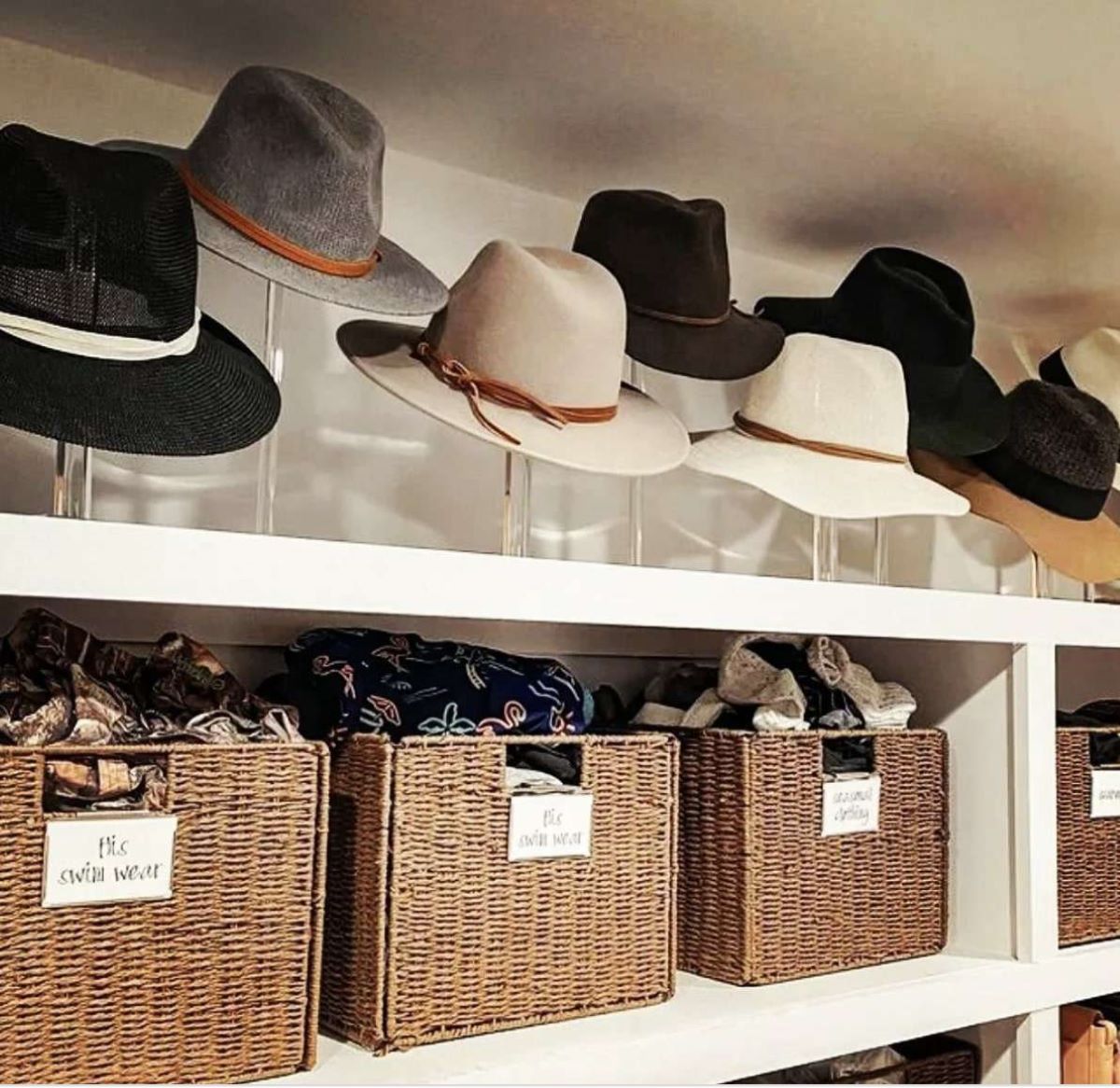





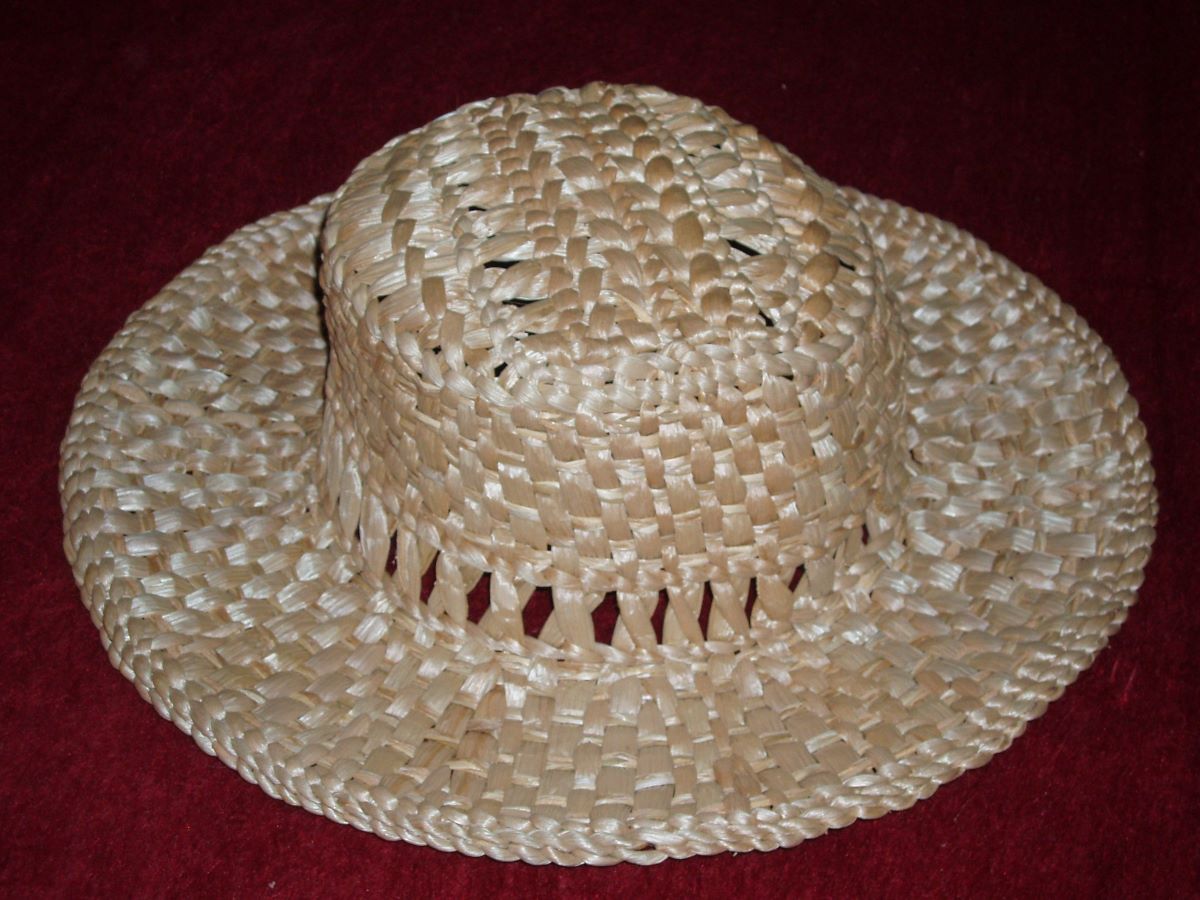
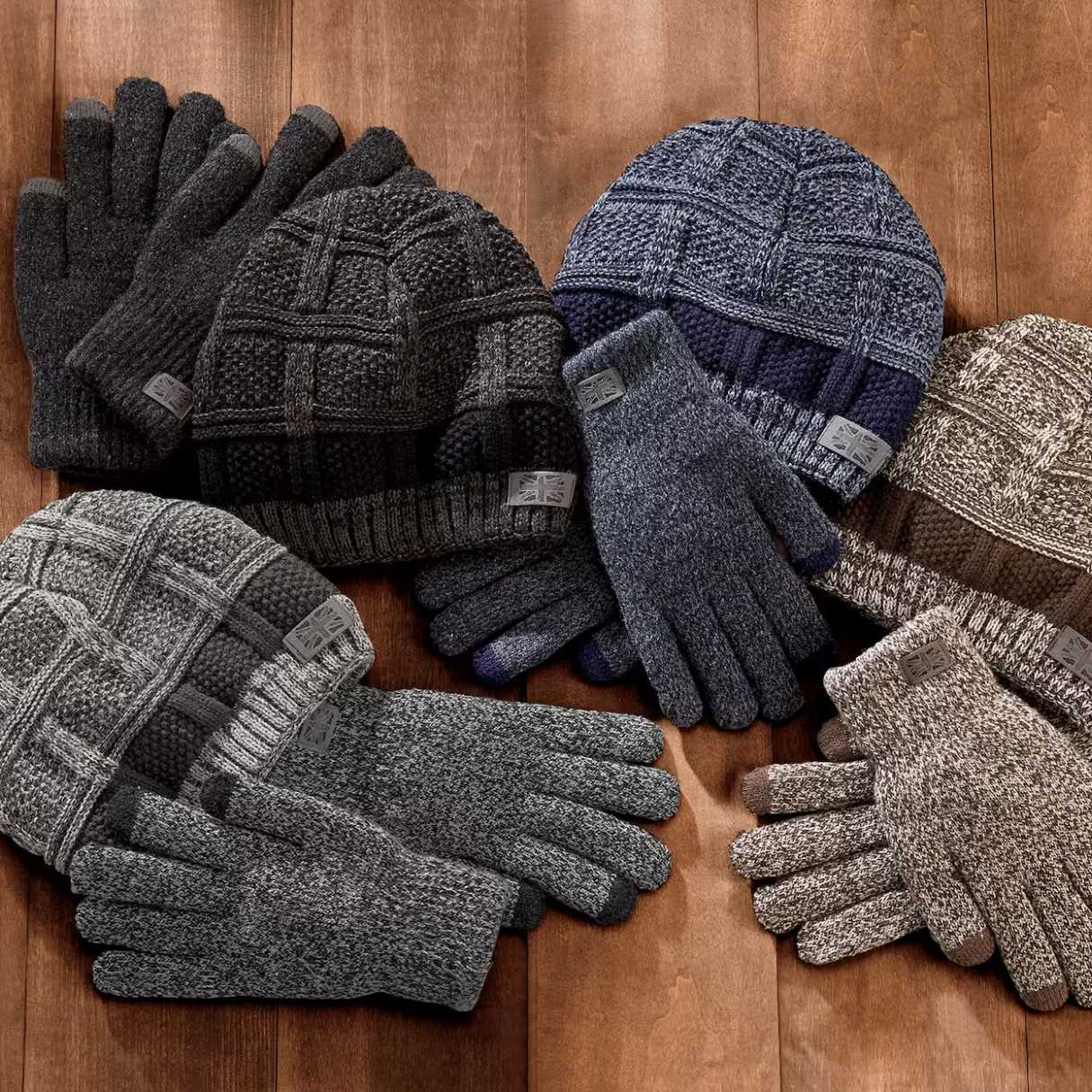
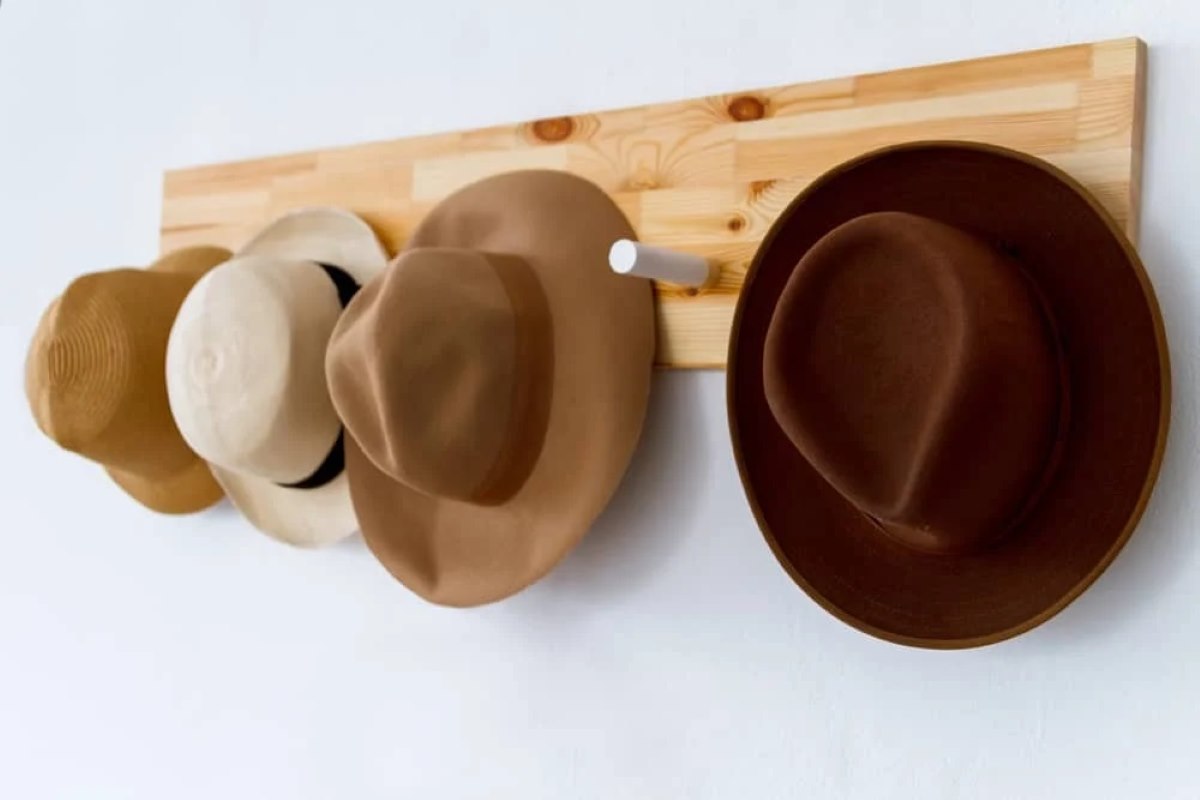

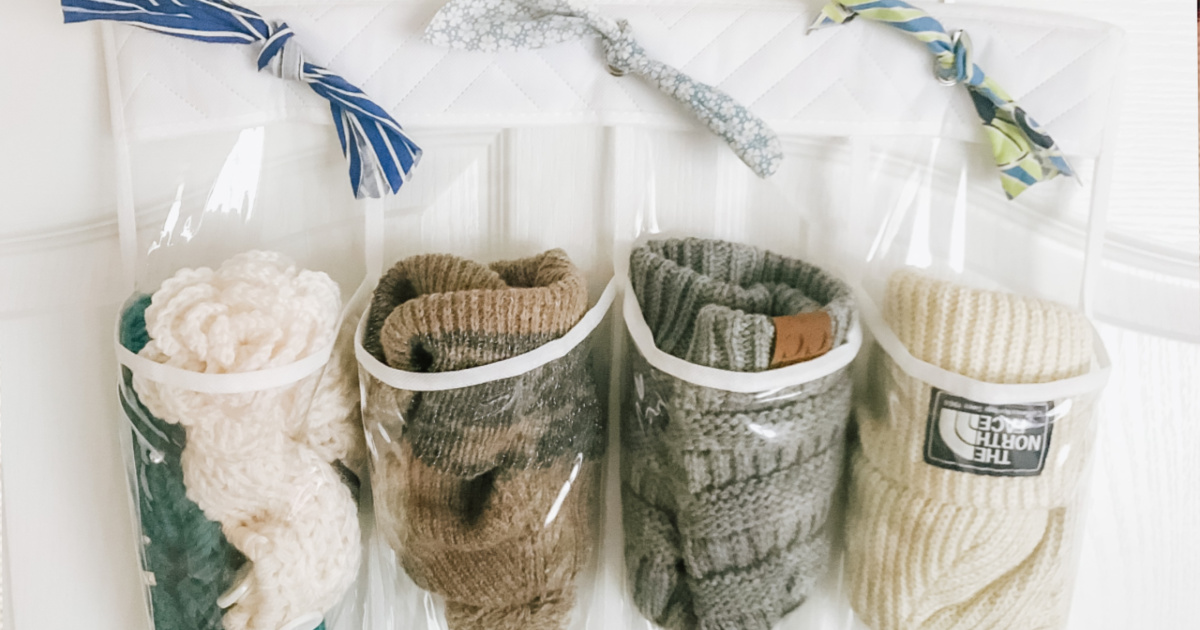



0 thoughts on “How To Store Hats Without Ruining Them”